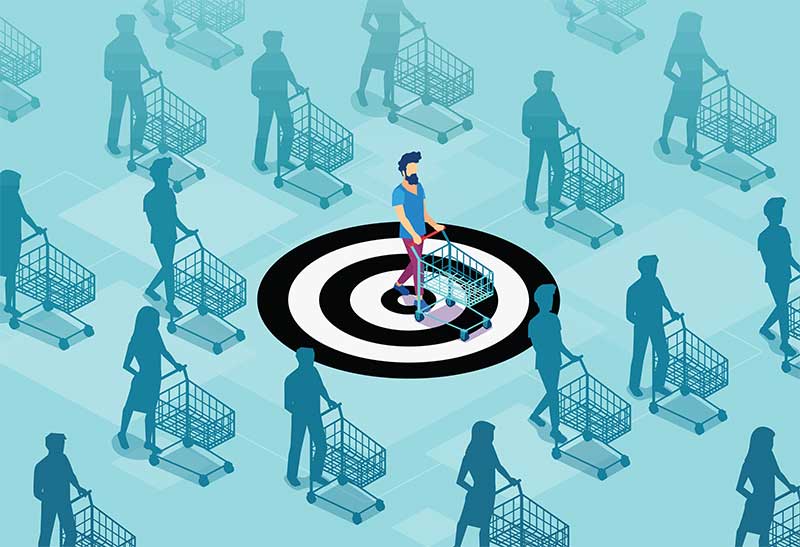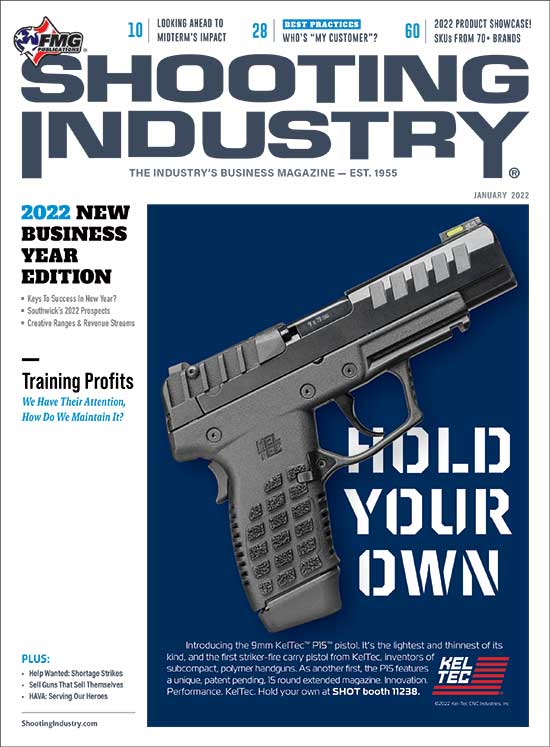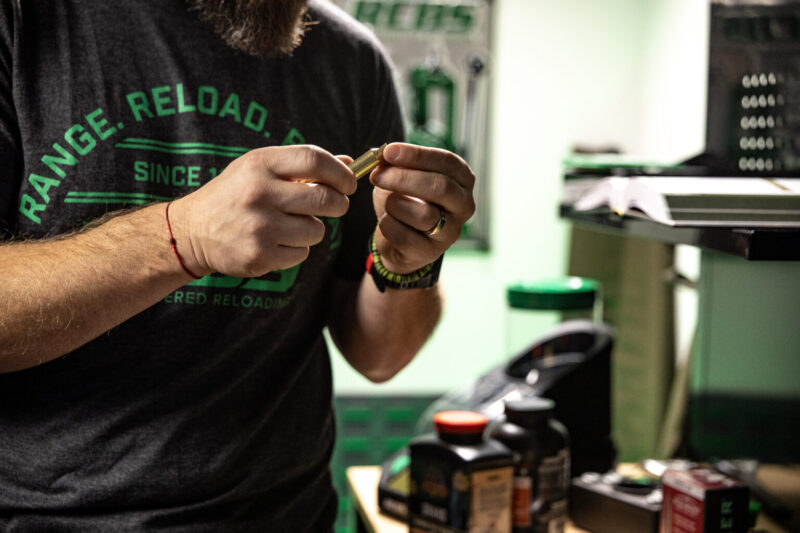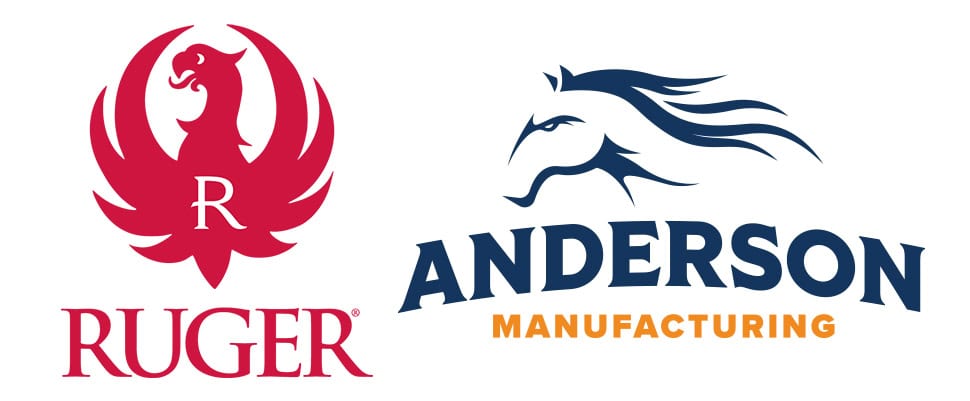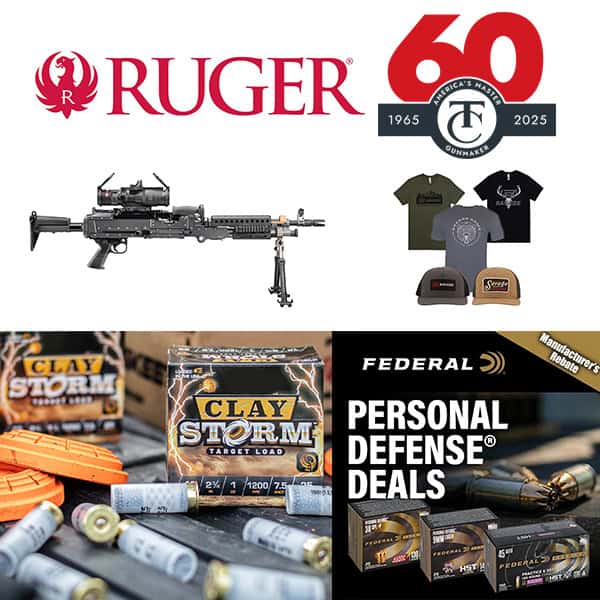Target “Your Customers” To Develop Loyalty
One thing I hear regularly in interactions with retailers right after a large market surge is “I’m not seeing my customers as much as I used to.” Let’s think about this for a moment. There’s a huge expectation being made there, which can be quite a dangerous assumption to make. That is, people who walk into your store looking to purchase products are “your customer,” when quite likely they’re just “a customer” who prefers to do business elsewhere and are simply in your store because they couldn’t find what they were looking for at an earlier stop.
Let that sink in …
”Customers will prioritize your store as their store not by what you sell but who you are and why you conduct business the way you do.“
Two Camps
People who walk into your store fall into two camps 1) Those who prefer to do business with your store and 2) Those who shop somewhere else first and only buy from your store when they can’t find it there. It’s no wonder, then, when market demand subsides, we stop seeing as many customers in our store as we used to. It’s not that the customer has stopped purchasing products, it’s that they’ve gone back to buying it at their preferred store, which many times isn’t our own. What can we do to fix this issue?
His Second Visit?
First, we need to recognize the “good customer” may still not be “our customer.”
This realization came to me years ago early one Saturday morning. A little after my store opened for the day, as I was still outside picking up trash in the parking lot, I saw one of my best customers pull in just like he did every Saturday morning. (He was such a good customer I gave him a store-logoed ball cap a year or so prior, which he wore every time he came in.) As he got out of his car — not noticing me in the parking lot — he popped open the trunk, grabbed a couple guns to sell and, in the process, proceeded to swap out the ball cap he was wearing (which happened to advertise the competition across town) for the one I gave him!
So not only did I have a misconception of him being “my customer” based on him wearing my ball cap, but I was his second visit of the day! Sure, he regularly spent a lot of money in my store and no matter what, I treated him like gold, but to realize I was his second visit of the day gave me pause to think, “How much is he spending at that other store if I’m getting his second visit?!” After this chance observation, I knew I had to change how I prioritized customers.
”When traits you value are delivered upon consistently, you’ll eventually shop at that store first, or even exclusively, when you need products or services they provide.“
Know What Sets You Apart
To start, before you can make any customer your customer, you need to know yourself — as in, why does my store even exist? What is my store culture? Who is my target audience? Customers will prioritize your store as their store not by what you sell but by who you are and why you conduct business the way you do.
Ask yourself this question, “When I need some nails, do I choose the hardware store I visit based on the fact they sell nails?” Any self-respecting hardware store sells nails, so you’re far more likely to choose the store based on the fact it always has a great selection, the staff answers your questions intelligently and/or they only sell top-quality nails. When traits you value are delivered upon consistently, you’ll eventually shop at that store first, or even exclusively, when you need products or services they provide. The key here is loyalty and priority are only built if these things are delivered consistently, predictably and reliably.
All too often stores try to be “something for everyone,” which usually brings a struggle to convert customers into long-term and loyal customers. This is because customers have a hard time relating to who you truly are as a business. As the old saying goes, “If you try to be a friend to everyone you end up being a friend to no one.” It’s far better to be amazing at a couple things than to be mediocre at many. Define and focus your store’s purpose, target a specific demographic and be the best at serving that community.
You’ll have a far easier time building brand loyalty if you focus on having a store that’s the best in the industry and “arming, training and advocating for women’s safety” then you are at “we have the best selection in town.”
Find your brand voice, build your tribe of loyal customers and deliver to them predictable excellence and you will be well on the path to success.
Get Customers Involved
As just mentioned, the idea of “tribe” is important to recognize.
People, by nature, like to identify with like-minded individuals and will go out of their way when they can clearly identify with those groups.
Be sure to make it clear to all customers, both current and potential, just what your tribe stands for — be it through marketing, in-store messaging, videos, public efforts, charities and the like.
At every turn, make it known what values your company prioritizes so others can align with you. In addition, give customers the ability to show they’re part of your tribe whether it’s through volunteerism, branded apparel and loyalty programs to give customers a way to broadcast status as tribe members.
If you can convert on all these aspects of building brand loyalty, you’ll quickly see the dividends of your efforts — not only from positive reviews, customers bringing in friends and family, but also directly to your bottom-line profits.

